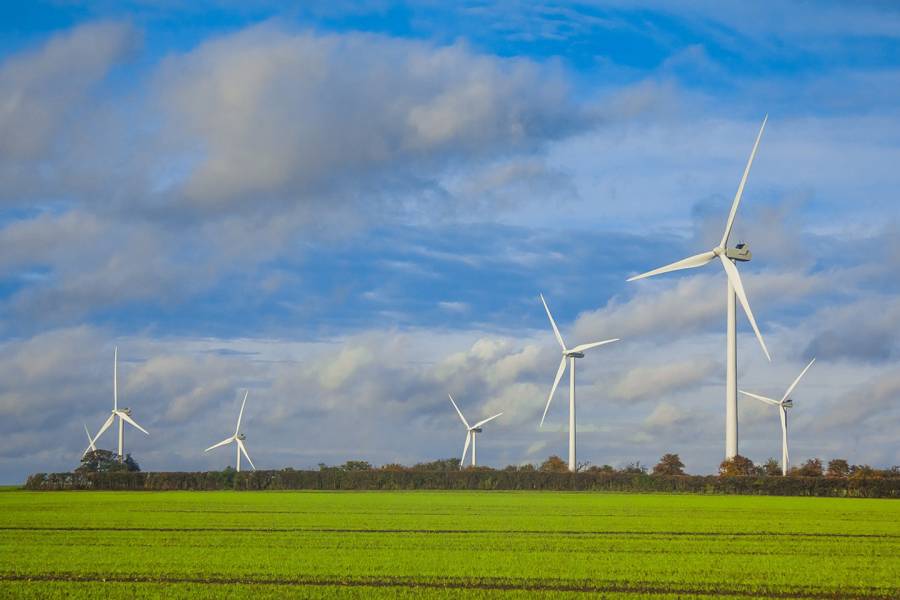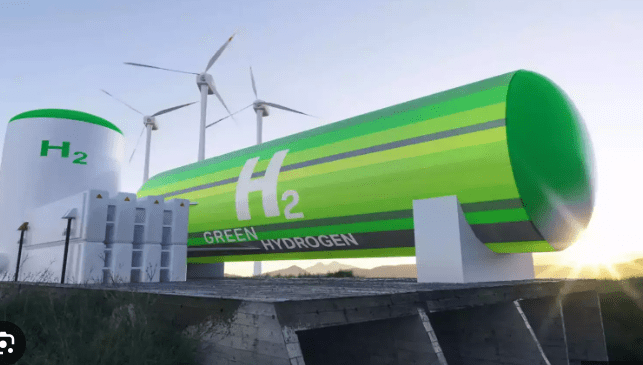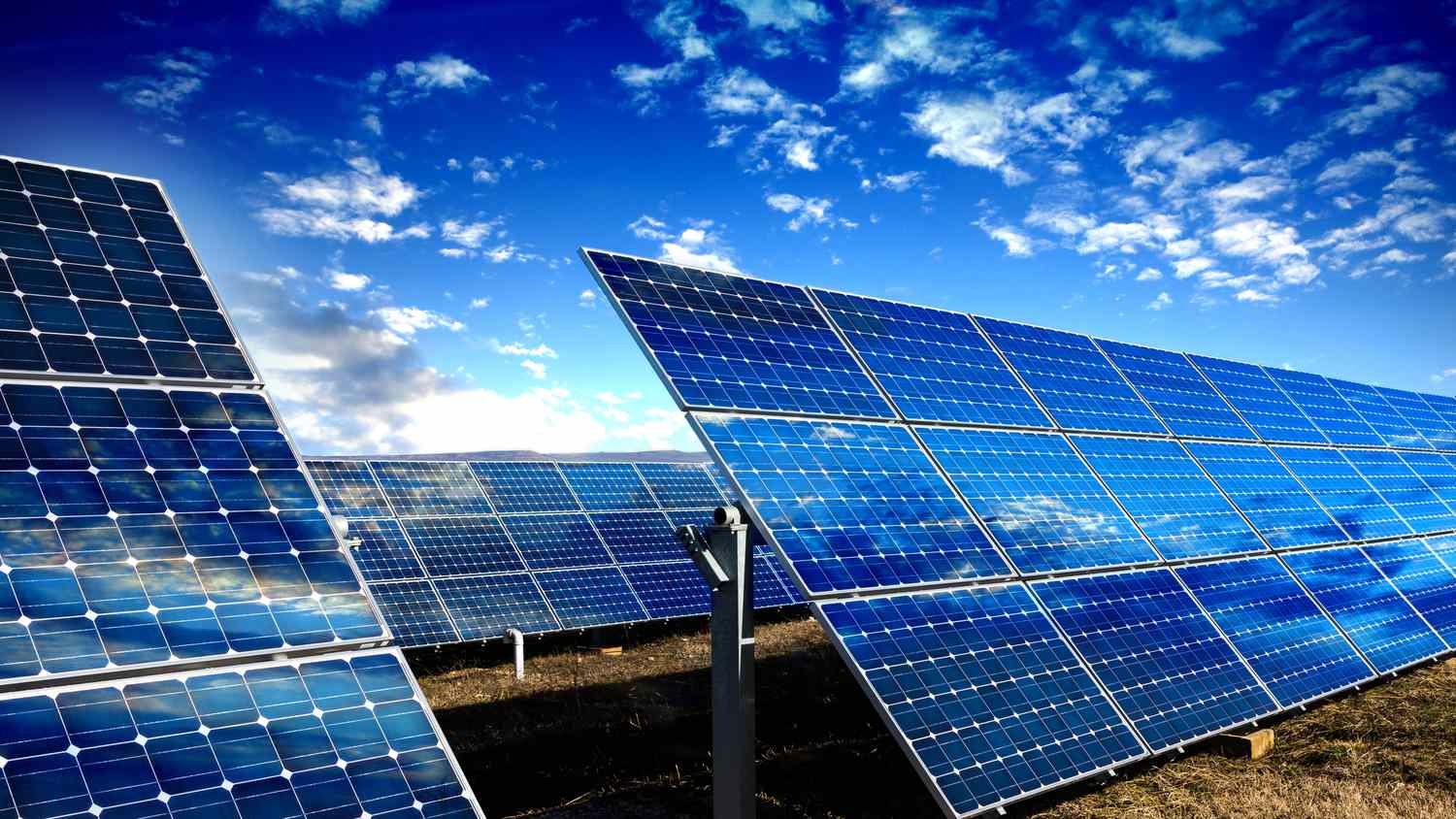The Future of Wind Energy

Embracing the Power of Wind: The Future of Wind Energy
As the world grapples with the urgent need to combat climate change and transition to renewable energy sources, wind energy emerges as a beacon of hope and innovation. Harnessing the power of the wind to generate electricity has evolved from a niche technology to a mainstream, game-changing solution. Let’s dive into the world of wind energy, exploring its benefits, recent advancements, and what the future holds for this dynamic sector.
Understanding Wind Energy
Wind energy is derived from the movement of air masses across the Earth’s surface. Wind turbines capture this kinetic energy and convert it into electrical power. The process is both elegant and efficient: wind turns the blades of a turbine, which then drives a generator to produce electricity. This electricity is then fed into the power grid, providing a clean and sustainable energy source for homes, businesses, and industries.
Why Wind Energy Matters
- Environmental Impact:
Wind energy is one of the cleanest forms of power generation. Unlike fossil fuels, wind turbines produce no greenhouse gas emissions during operation. This significant reduction in carbon footprint makes wind energy a crucial component in the fight against global warming and air pollution. - Sustainability:
Wind is a renewable resource, meaning it won’t run out as long as the sun shines and the Earth rotates. Unlike finite fossil fuels, wind energy is sustainable and can be harnessed indefinitely, making it a cornerstone of long-term energy strategies. - Economic Growth:
The wind energy sector is a powerful driver of economic growth. It creates jobs in manufacturing, installation, maintenance, and research. Additionally, wind projects stimulate local economies through investments in infrastructure and community development. - Energy Independence:
By tapping into local wind resources, countries can reduce their reliance on imported fuels, enhancing energy security and stability. This local production of energy supports national energy independence and reduces vulnerability to global energy market fluctuations.
Recent Advancements in Wind Energy
The wind energy sector has seen tremendous technological advancements that have significantly improved its efficiency and scalability:
- Larger Turbines: Modern wind turbines are larger and more efficient than ever before. The development of longer blades and more powerful generators has increased the capacity and output of wind farms, making them capable of generating more electricity from less wind.
- Offshore Wind Farms: Offshore wind technology has expanded the possibilities for wind energy generation. Offshore turbines benefit from stronger and more consistent winds and can be placed in areas where land-based turbines are not feasible. This has opened up new opportunities for large-scale wind projects.
- Floating Wind Turbines: Floating platforms allow turbines to be installed in deeper waters where traditional fixed-bottom structures cannot reach. This innovation enables the harnessing of high-wind areas far from shore, significantly increasing the potential for offshore wind energy.
- Smart Technology: The integration of digital technology and IoT has led to the development of smart wind turbines. These turbines use real-time data to optimize performance, predict maintenance needs, and improve efficiency, making wind farms more reliable and cost-effective.
The Future of Wind Energy
The future of wind energy is brimming with promise and innovation. As technology continues to advance, several key trends are likely to shape the sector:
- Integration with Other Renewables: The future will see increased integration of wind energy with other renewable sources, such as solar power and energy storage systems. This hybrid approach will create more resilient and reliable energy systems, capable of meeting fluctuating energy demands.
- Global Expansion: Wind energy is set to expand its reach globally, with emerging markets in Asia, Africa, and Latin America investing in wind projects. This global expansion will drive down costs and increase access to clean energy in developing regions.
- Technological Breakthroughs: Ongoing research and development are likely to yield new breakthroughs in turbine design, materials, and efficiency. Innovations such as airborne wind turbines and advanced energy storage solutions could further enhance the capabilities of wind energy.
- Community Engagement: As wind energy projects become more widespread, engaging with local communities and addressing their concerns will be crucial. Transparent communication and community involvement will help build support for wind projects and ensure their successful integration into local landscapes.
Conclusion
Wind energy represents a powerful and sustainable solution to our global energy challenges. Its environmental benefits, economic opportunities, and technological advancements make it a key player in the transition to a cleaner, greener future. As we continue to harness the power of the wind, we pave the way for a more sustainable world, where clean energy drives progress and innovation.
By embracing wind energy, we are not only investing in a technology that is reshaping the energy landscape but also contributing to a legacy of environmental stewardship and sustainable development for generations to come.



